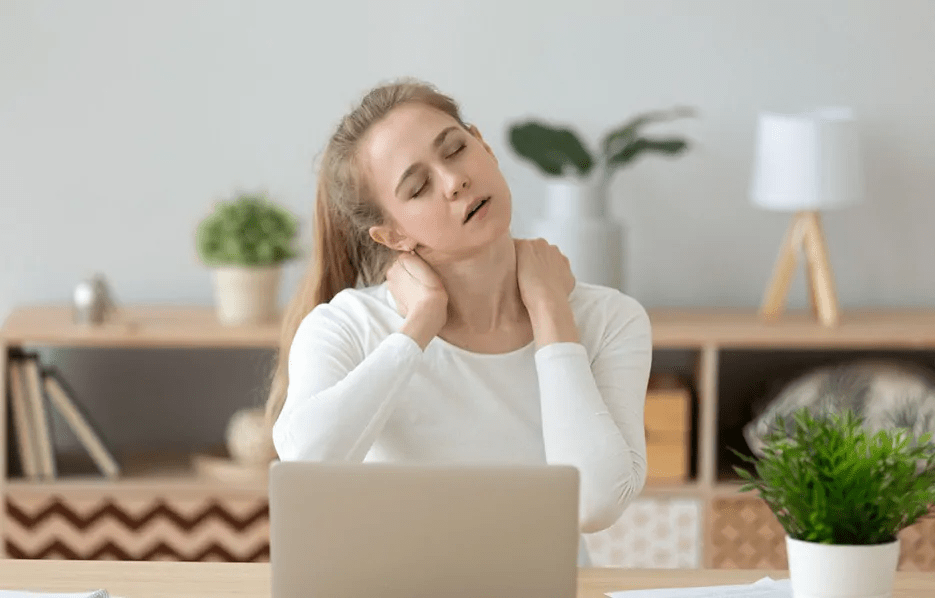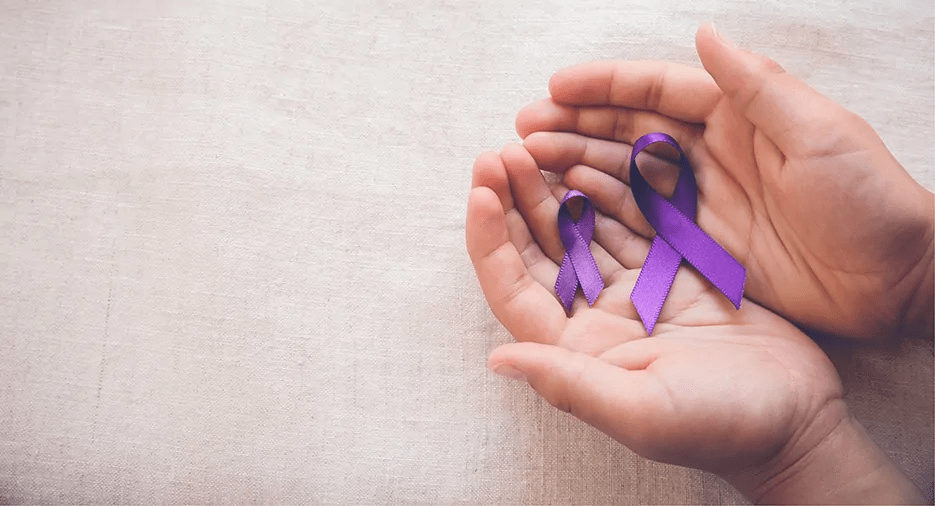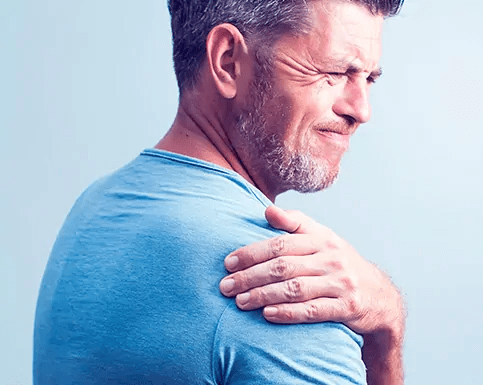According to the World Health Organization (WHO), Fibromyalgia, also called Fibromyalgia syndrome (FMS) is a long-term condition or syndrome from a group of musculoskeletal conditions that cause pain all over the body. That is to say, illnesses related to joints, soft tissues and connective tissues.
Despite similar symptoms to arthritis, the two conditions are unrelated. Fibromyalgia does not harm your body tissue; however, regular physical activity is important to help maintain your physical well-being and prevent the muscles from weakening.
Up to 2 million live with the pain of FMS
Fibromyalgia Action UK says between 1.5 and 2 million people experience the debilitating pain of the condition. Furthermore, the number of women living with fibro is almost nine times more than men.
People with certain rheumatic diseases such as Rheumatoid Arthritis, Systemic Lupus Erythematosus (commonly called Lupus) or Ankylosing Spondylitis (spinal arthritis) may be more likely to develop Fibromyalgia.
Diagnosis of the disease in most cases is between the ages of 25-55 and around 75% of those who suffer from it are undiagnosed. The condition can affect children and older people.
The exact cause of Fibromyalgia is unknown. However, the NHS website explains the condition could be due to abnormal levels of certain chemicals in the brain and changes in how the central nervous system (the brain, spinal cord and nerves) processes pain messages carried around the body.
It’s also possible that there is a genetic propensity to develop symptoms if your parents were sufferers. In other cases, the condition appears to be triggered by physical or emotional injury, infections and stress.
What is the cause of Fibromyalgia?
- Pain
- Extreme chronic tiredness
- Sleep disorders
The effects of these symptoms differ from person to person and from day to day.
Coping with pain and fatigue
People who live with Fibromyalgia often say that tiredness is the worst part of the disease because they are unable to think clearly or remember things – referred to as Fibro-Fog.
Pain often affects the entire body and can be intense in multiple locations concurrently. People report that the pain is more severe in extreme weather conditions. Another trait is the extreme sensitivity to pressure on localised points of the body – doctors often refer to these areas as tender points.
Tender points tend to be symmetrical in the body. They are located both above and below the waist around the neck, chest, shoulders, hips, and knees. The tender point should cause pain in that exact area when the doctor presses on it with enough force to turn the fingernail white. It should be painful in the exact spot that is being pressed.
There are 18 penny-sized tender points but the severity of symptoms vary and not all will cause pain at the same time, which can sometimes be an obstacle to diagnosis.
18 Fibromyalgia tender points
- Lower neck in front
- Edge of upper breast
- Arm near the elbow
- Knee
- The base of the skull in the back of the head
- Hip bone
- Upper outer buttock
- Back of the neck
- Back of the shoulders
Less common symptoms of Fibromyalgia
- Poor blood flow and feelings of tingling, numbness or swelling in the arms and legs.
- Irritability or feelings of despair.
- Urgent need to go to the bathroom, especially at night.
- Diarrhoea or constipation and stomach aches (sometimes diagnosed separately as IBS).
Methods of treatment
There is no exact diagnosis regarding the causes of episodes of the condition. Consequently, the main goal of treatment is to maintain the ability to function, improve quality of life and reduce the symptoms. Common treatments include:
- Hydrotherapy
- Psycho-therapeutic treatments – hypnosis, NLP, CBT and methods based on meditation that help patients cope better with the pain and symptoms that accompany the illness
- Acupuncture
- Medications

Treatment with low-level laser – B-Cure Laser for treating Fibromyalgia pain.
Living in the shadow of Fibromyalgia pain is not simple. The pain attacks the body in waves, sleep is disturbed, and there is no effective treatment today that cures the disease.
The B-Cure laser may relieve Fibromyalgia pain, doing so without any known side effects, in the comfort of your home. It is worthwhile to be aided by in times of pain, and thus may improve the quality of life.

The low-level laser works on the skin’s surface and penetrates the affected deep tissue without heating or harming the skin. The innovative soft laser technology has, up until now, only been available using large and immobile machines in clinics, hospitals and pain treatment centres. For years, this technology has served the best experts in the world and is a proven, acknowledged and effective method for healing and pain management.
B-Cure Laser is a medical device for home use that harnesses low-level laser technology in a portable and convenient device for use at home. B-Cure Laser is proven, through research, as effective in treating pain.
How does it work?
Low-level laser phototherapy affects cellular activity in the following ways:
- Stimulates cell growth
- Increases cell metabolism
- Improves cell regeneration
- Invoke an anti-inflammatory response
- Promote edema reduction
- Reduce the formation of fibrous tissues
- Stimulate nerve function
- Stimulate the long-term production of nitric oxide
- Decrease the formation of Bradykinin, histamine and acetylcholine and stimulate the production of endorphins.
Today, you can manage the pain from Fibromyalgia with low-level laser technology. What’s more, this proven method for pain relief is available to you at any time without stepping out of the house.
Treatment protocol
Place the device on the area of pain and treat it for 8 minutes without moving. When you experience concurrent pain in multiple areas of the body, reduce the duration of treatment to 4-6 minutes to cover all painful areas.
For optimal results, repeat the treatment at least twice a day.




